A talk with Patxi Eguiluz about Caniche Editorial
Caniche Editorial has perpetrated three ephemeral exhibitions and has published 15 books this year, a year in which this production company has been in existence for eight years. Like the dog that gives them their name, this independent project stands on four legs and adapts like a glove to each context or artist with the aim of sniffing out little-known authors they consider worth discovering.
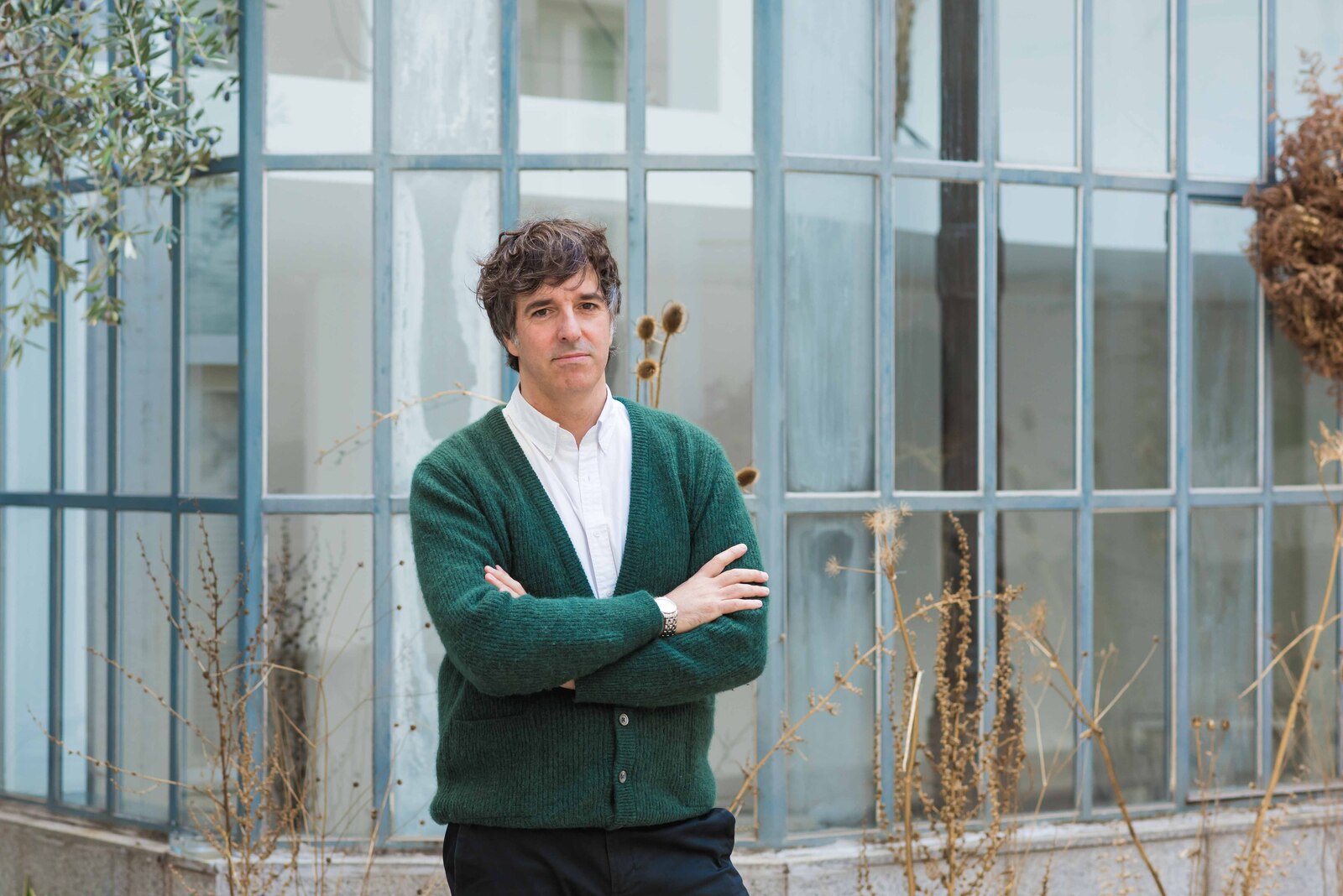
These sleuths are great experts on Miguel Fisac and to him they dedicate their latest title, an autobiography with texts by the architect himself dated 1970. A jewel on paper for followers of this decisive figure in the history of Spanish architecture. In its hundred or so pages, the book stops for a brief text on the unmistakable Pagoda and also contains Fisac’s words when he received the Gold Medal for Architecture in 1994. We spoke with the architect Patxi Eguiluz who tells us what Caniche Editorial is and at the same time announces the opening of its future headquarters.
How and when did the publishing house come into being?
CANICHE was born on 15 September 2015 with a raid on a Madrid charcoal shop (probably the last traditional charcoal shop left in the centre of Madrid) where we exhibited work by the Basque artist Raúl Domínguez. We were guided by the idea of taking out of the white cube some pieces that were situated between the sublime and the abject and which, when confronted with the interiors of the charcoal factory, formed a kind of cave-like cave or pagan chapel.
We also commissioned a text from the artist Jon Mikel Euba to accompany the exhibition, which became a room booklet. And at that precise moment we realised that we wanted to explore the quality of the book as architecture that generates a productive space and contribute, albeit in a small way, to making the work of artists, architects and creators visible.
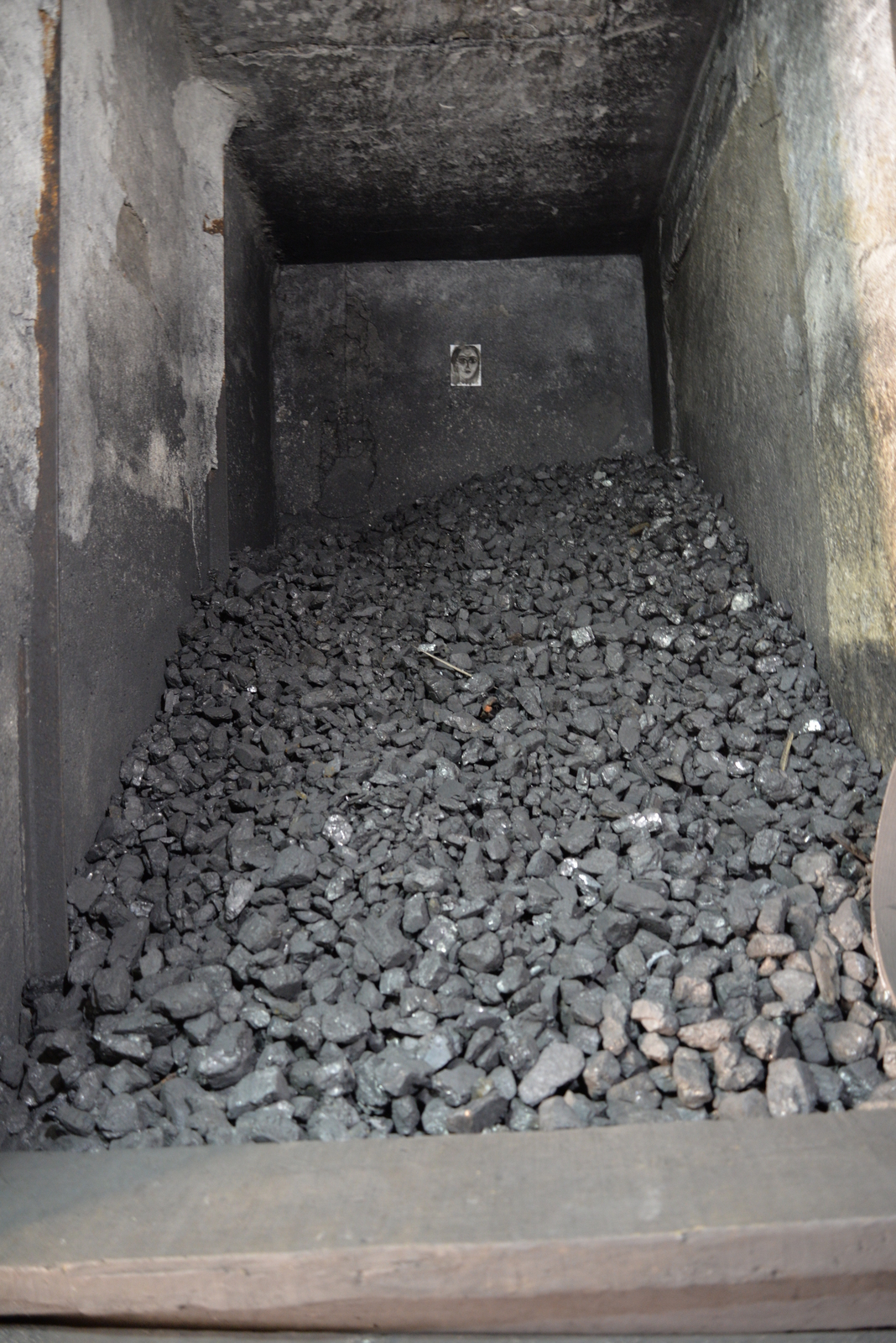
Why is it called Poodle?
The name has nothing to do with a breed of dog, it is a name that comes from a private joke but when applied as a name for a publishing house it takes on a surrealist touch, which is reflected in our logo, and it is also very sonorous and easy to remember.
What are the foundations on which the publishing house is based?
Caniche is a platform dedicated to publishing books on art and architecture, both terms understood in a broad sense, and to the production of “assaults”, interventions in spaces outside conventional circuits. We usually say that it was born to give visibility to proposals that would otherwise not be accessible to the public.
Who are the founders and current members? Who is behind it?
There are four of us who are part of Caniche, although there are really only three of us, Carlos, Isabel and Patxi, who make decisions and take the reins of the publishing house. Only I am an architect, the rest of the members have very different professions: journalism, law and business management.
How many publications do you launch each year?
It is very variable, we don’t have a defined or programmed rhythm. This year, for example, we’ve had three exhibitions/showcases and we’ve launched fifteen books. We have realised that this number of books is perhaps excessive for such a small structure as ours.
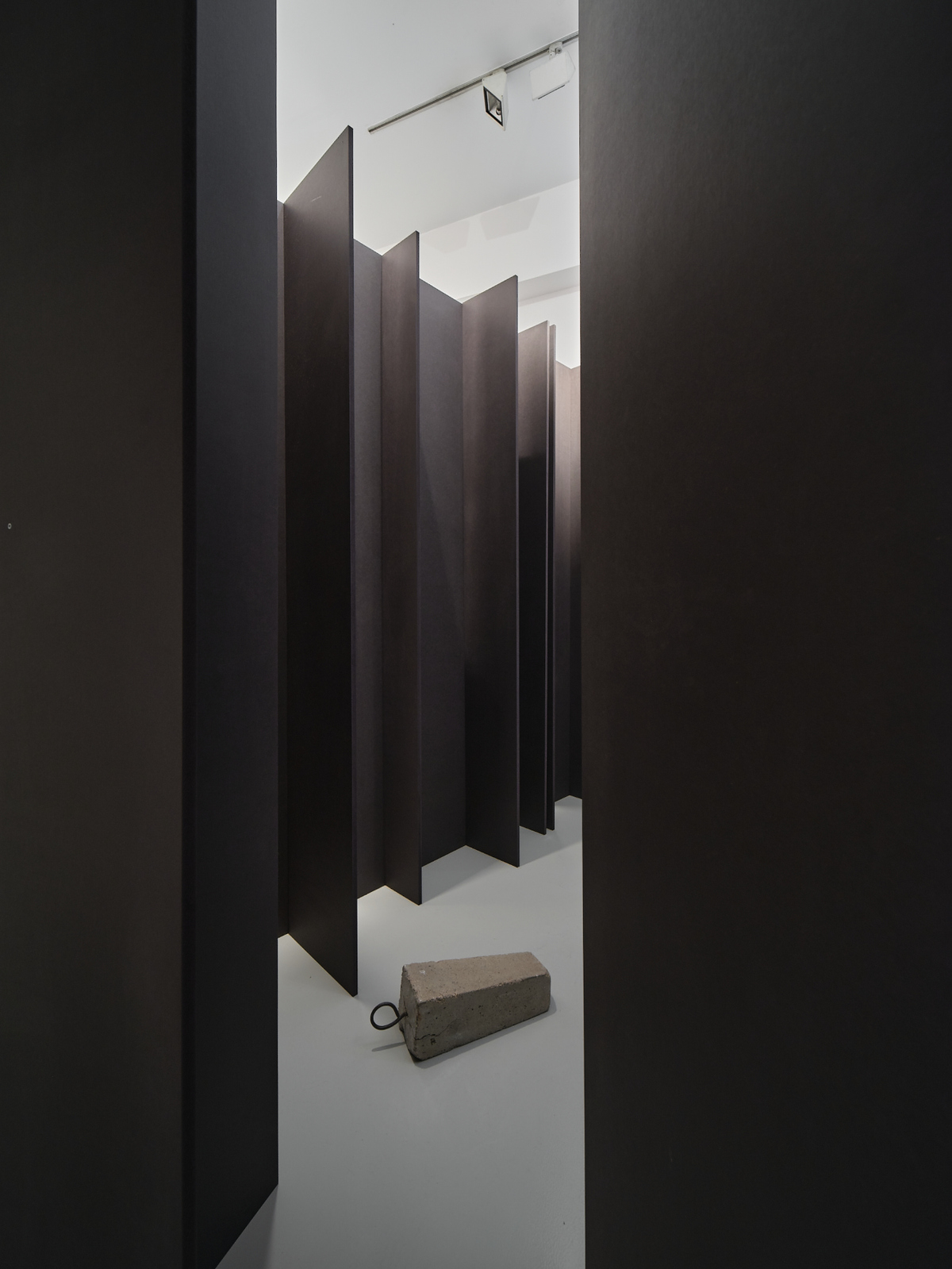
What are the proposals that set you on the path towards which you want to direct your publications?
Until we launched the collections (Letra Caniche and laMenor, which are mainly of a textual nature) we didn’t have a clearly defined editorial line, but rather each book was adapted to the context and the idea of the creator we were going to work with. As an independent project of its own. Since the launch of the collections, we have realised how important it is to collect the current thinking of creators who contribute to enriching the context of contemporary artistic practices, fundamentally in our country, but not only.
What is your aim as a publishing house?
Our aim is to learn and enjoy each of the books or projects in which we get involved, with the whole process of creation, so we don’t usually get involved in books that are already conceptualised or predefined, precisely because what interests us is to share the path with the creators and to be permeable to their practice.
What conditions or profile do your authors have?
The profile is very varied, because we have books by established artists, by architects, or even by totally unknown artists who propose a vision or an idea that we believe needs to see the light of day.
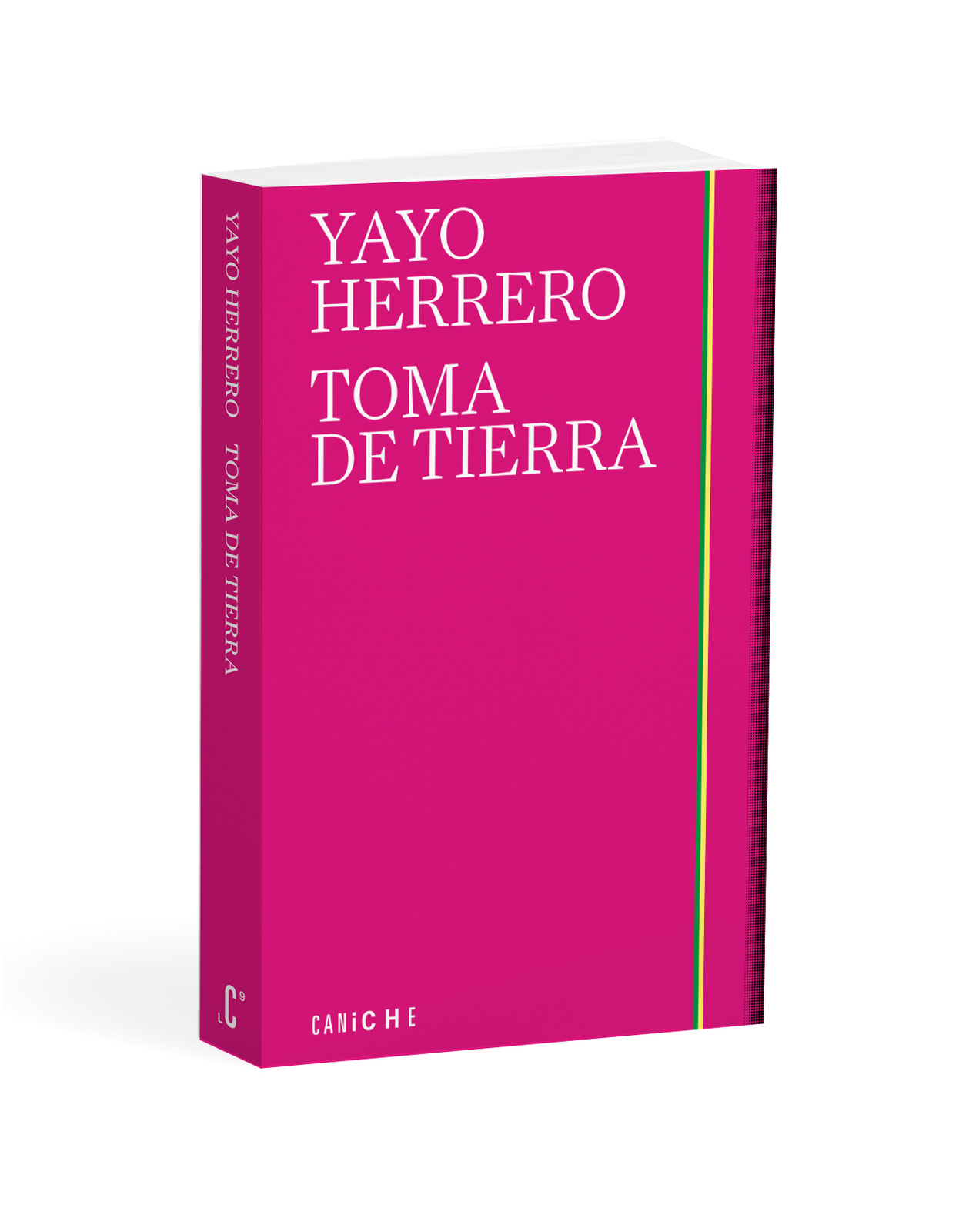
Which is your best-selling book, and which is the least, and does it worry you?
Well, our best-selling book is Toma de tierra by the ecofeminist thinker Yayo Herrero, but there are several books of which we have already published two editions. And we’re not worried about books that sell very little, because the important thing is that the publishing house as a whole is viable, regardless of the fact that some projects are loss-making.
In addition to books, you do other types of productions, if you can call them that, what do they consist of and why do you do them?
We call them “assaults”, as we said before, because they are ephemeral exhibitions, generally in spaces far from the conventional art market.
What is the story behind Miguel Fisac’s autobiography?
We have had a long-standing relationship with Miguel Fisac, an essential figure in 20th century architecture, either through articles we published in Architectural Digest or by narrating the story of La Pagoda both inside and outside Spain. We also curated an exhibition at the Graham Foundation in Chicago in which the work of the Basque artist Sergio Prego was in dialogue with the work of Fisac. From that moment on, we felt the need to publish something about him and, thanks to the fact that the Miguel Fisac Foundation gave us access to its funds, we found this unpublished text and it was clear to us that it had to be published.
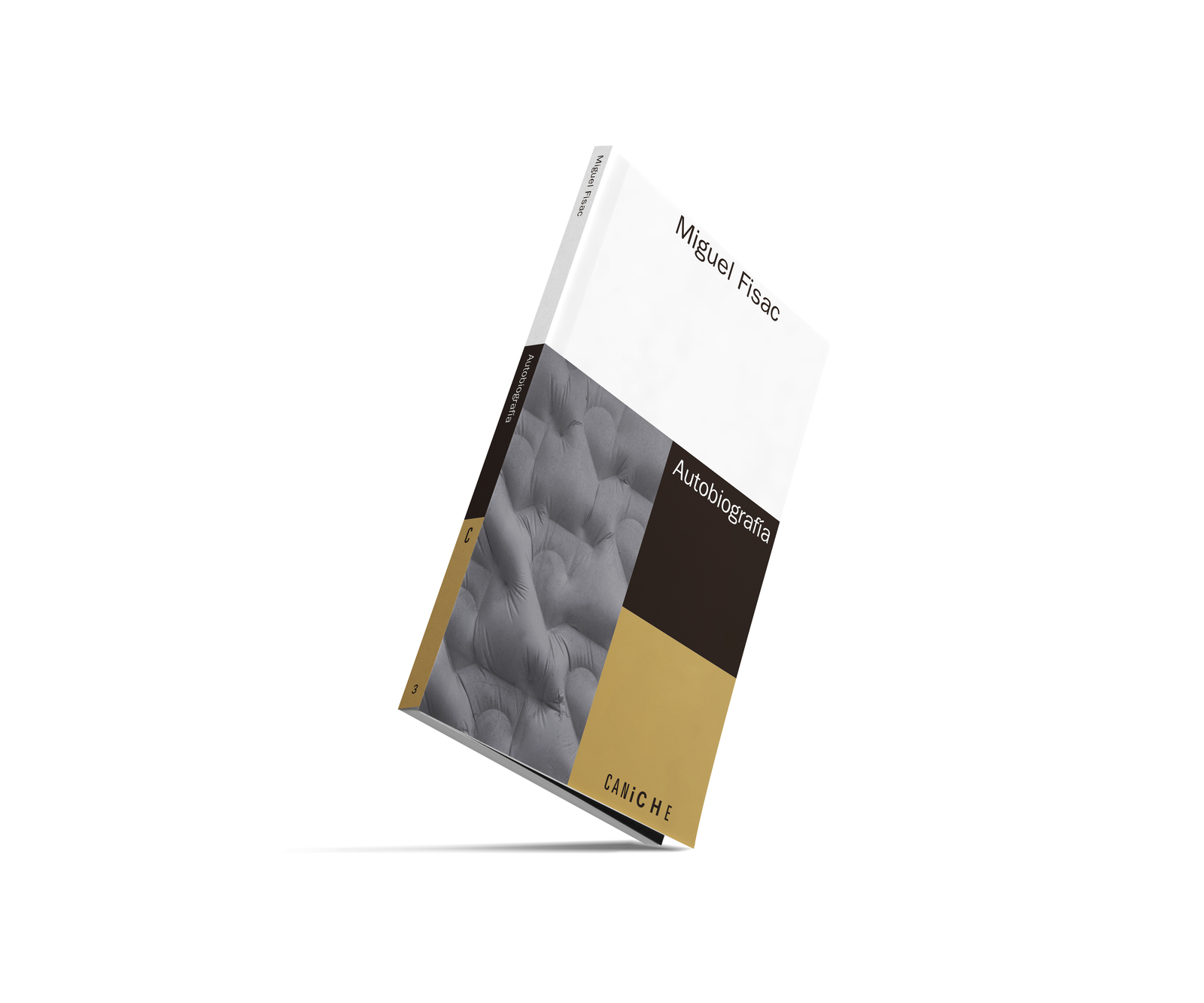
What audience is it aimed at?
Despite being an apparently technical text written by an architect, it is a highly recommendable book for all kinds of public because of the way it is written and the lessons Fisac offers when it comes to questions and criticism.
What does the figure of Miguel Fisac represent among the new generations of architects?
We believe he is a figure who is increasingly admired, with a very recognisable and personal work, with a large number of ground-breaking technical solutions, but who also knew how to adapt to the conditions of the place without imposing a personal style.
How did the project come about?
The autobiography was written in the 1970s, but Miguel Fisac continued working until the 21st century. So we decided to complete the original text, which we found very valuable and enriching, with a photographic tour of later works with what he called “flexible formwork” (as a biography of his executed work), a text he read when he was awarded the Gold Medal for Architecture, and a brief colophon on the history of La Pagoda.
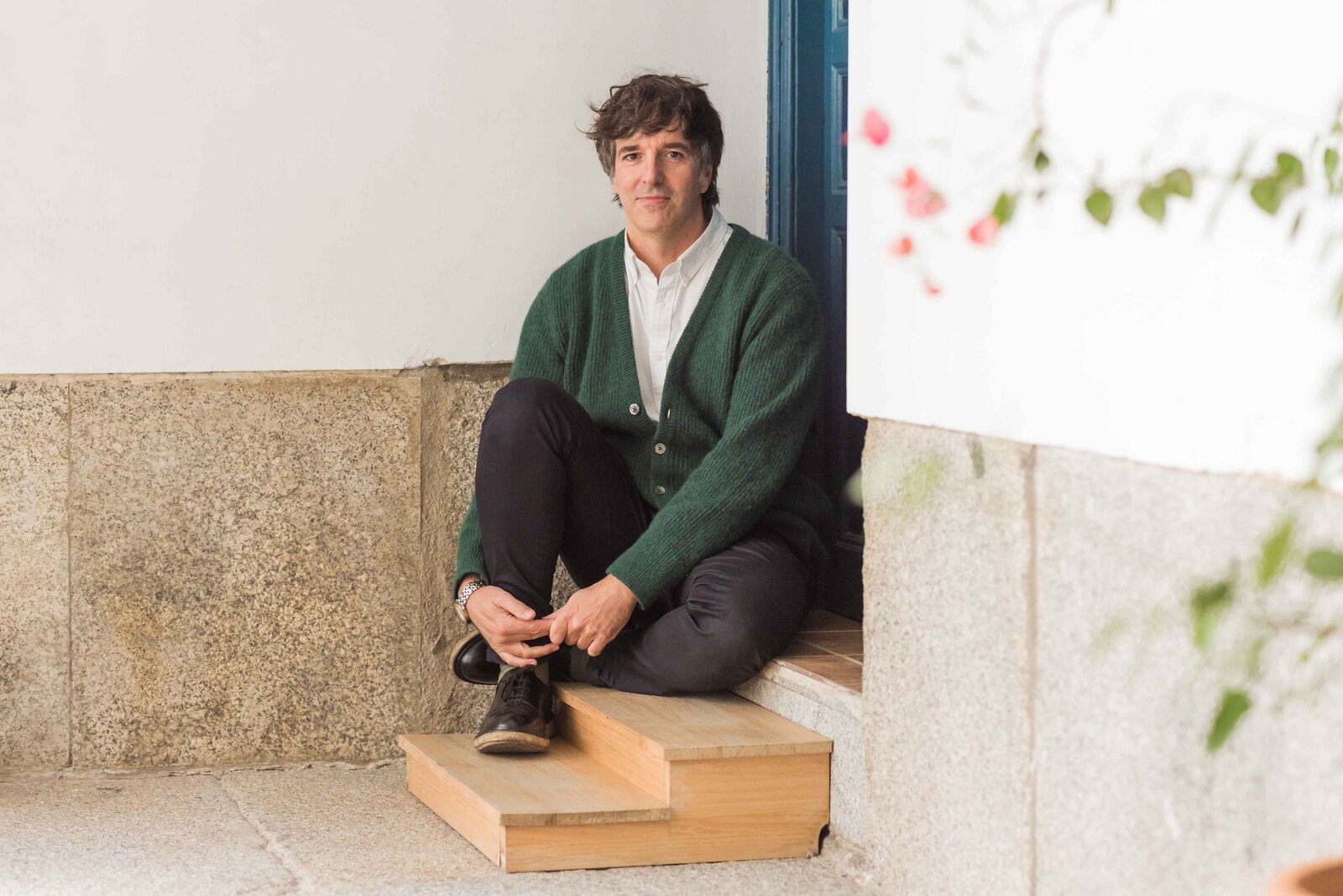
You were the curator of the Fisac exhibition at the Graham Foundation in Chicago. Who was Miguel Fisac and what do you think were his main contributions?
In addition to his great capacity for plastic research (such as the flexible formwork mentioned above), he was a prolific inventor of technical solutions that he applied to his buildings, such as the “bone beams”, prefabricated beams that he used to cover large spans, solving in the same piece the covering of space, the collection of water and the entry of natural light.
You were the designer of an icon, “The Pagoda”, which survives its own existence. How do you explain this phenomenon that the book deals with?
Sometimes, a specific event causes a building to become mythologised. This, we believe, is the case of La Pagoda. An unprotected building (like so many other valuable examples of modern architecture that are unprotected) that was demolished during the summer (perhaps to avoid social protests) to erect a nondescript building, but with much more buildability, and which became a symbol of the way in which the country’s leaders proceeded with their built heritage.
There is a lot of talk about “La Pagoda” but does the public really know Fisac well? Do you think there is a lack of information about his career? Has there been any monographic exhibition about him?
We believe that he is a figure who should be recognised beyond the anecdote of La Pagoda, which is a building that responded very well to the commission he was given, but which is not his most significant building or his most relevant contribution to architecture. There is still a lot of Fisac to be discovered.
What is the next publication in the pipeline?
We are now taking a break from publishing for a couple of months to launch a couple of books in March, June Crespo’s catalogue for her upcoming exhibition at the Guggenheim Museum Bilbao, and a book by an artist we didn’t know about, Emilio Cendón, but who captivated us with a very personal story about Velázquez and his particular obsession with Las Meninas. And these days we are inaugurating in Ibarrangelu, where our future headquarters will be located, an exhibition-assault with the artist Josu Bilbao.
Can you give us any more details about the headquarters?
It’s a three-storey building in an idyllic but fairly unknown setting on the coast of Bizkaia, and we hope that two of its floors will be occupied by Poodles.
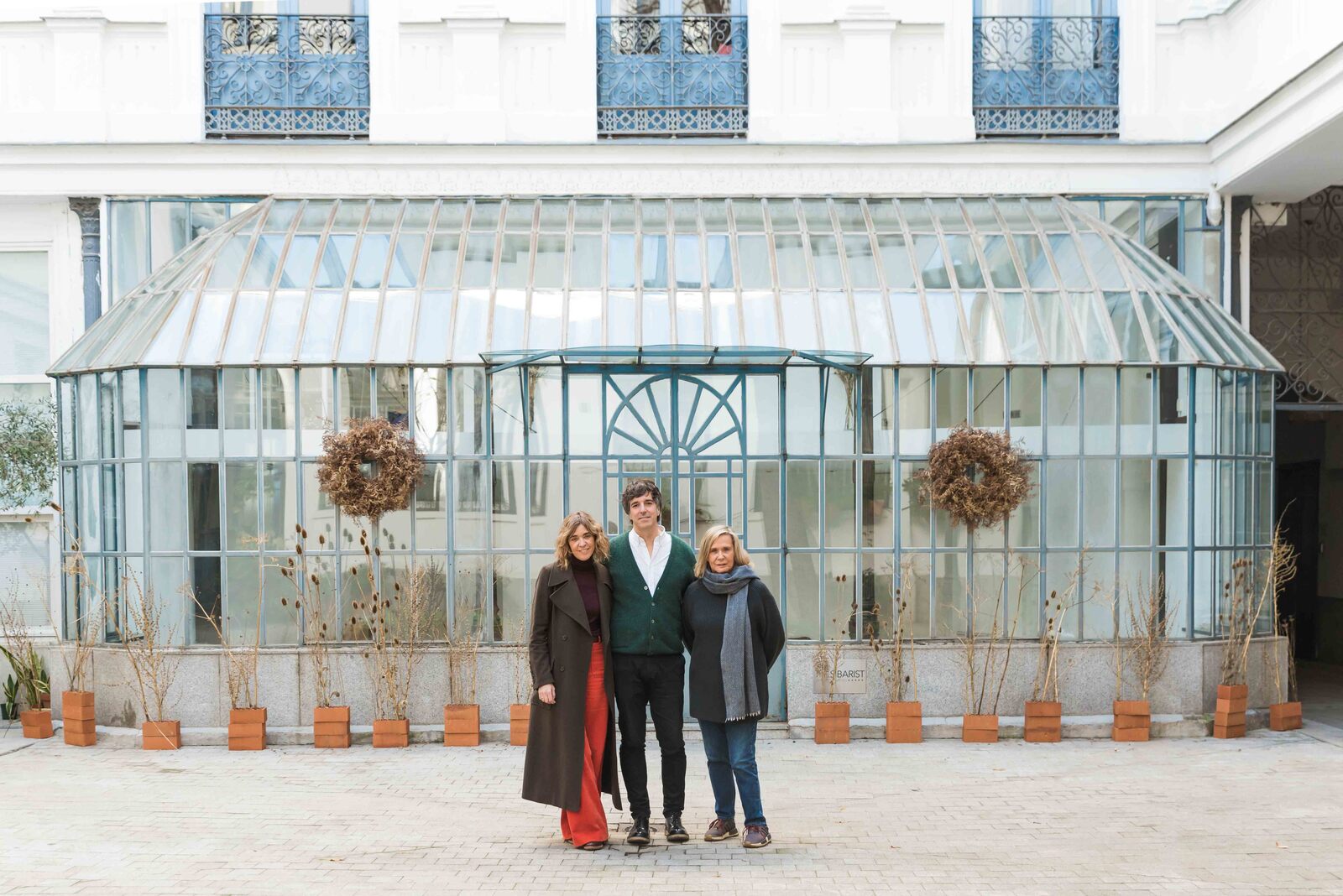
Editor: Beatriz Fabián
Beatriz is a journalist specialising in offline and online editorial content on design, architecture, interior design, art, gastronomy and lifestyle.